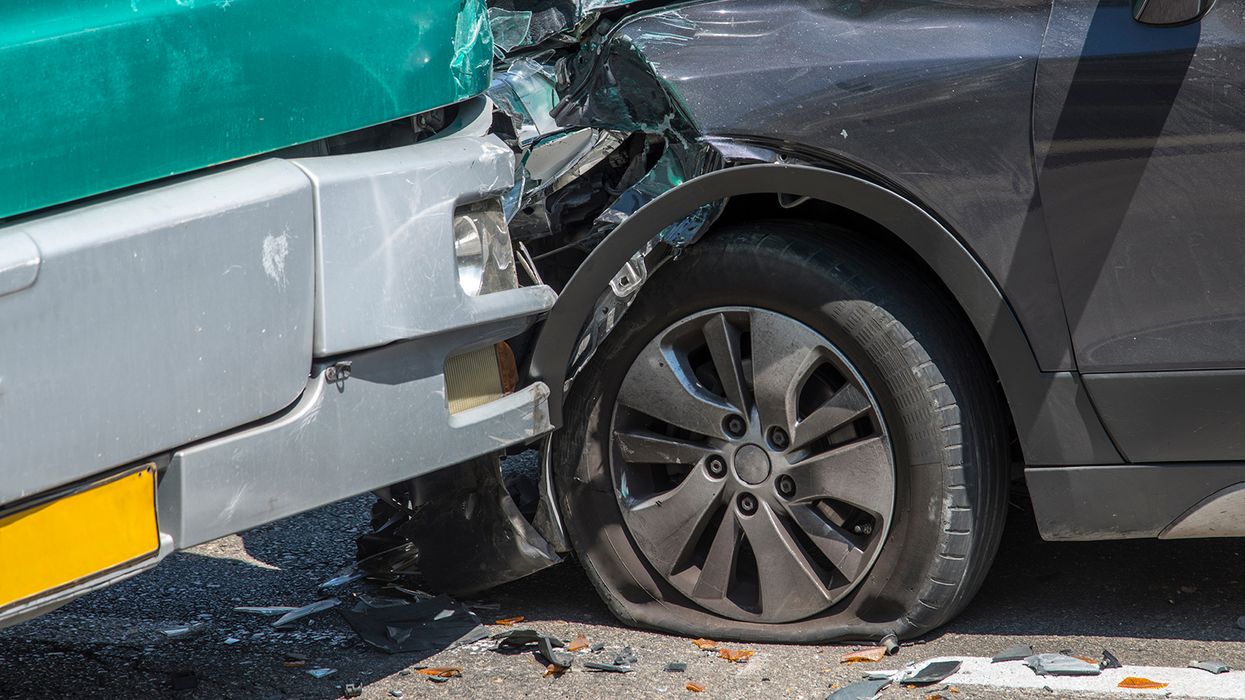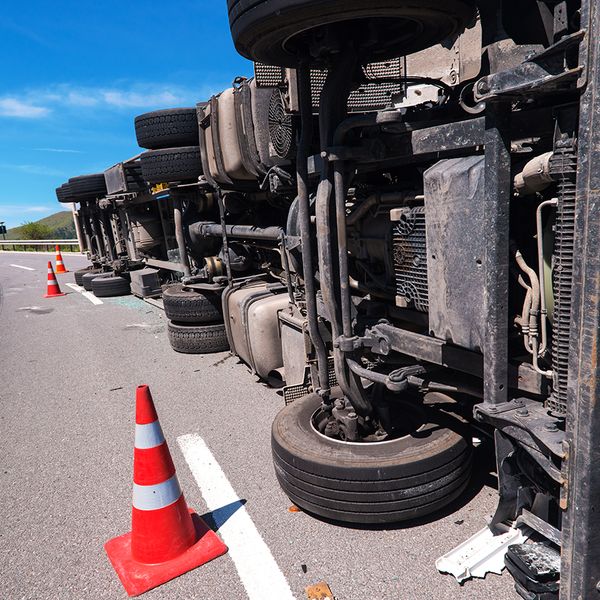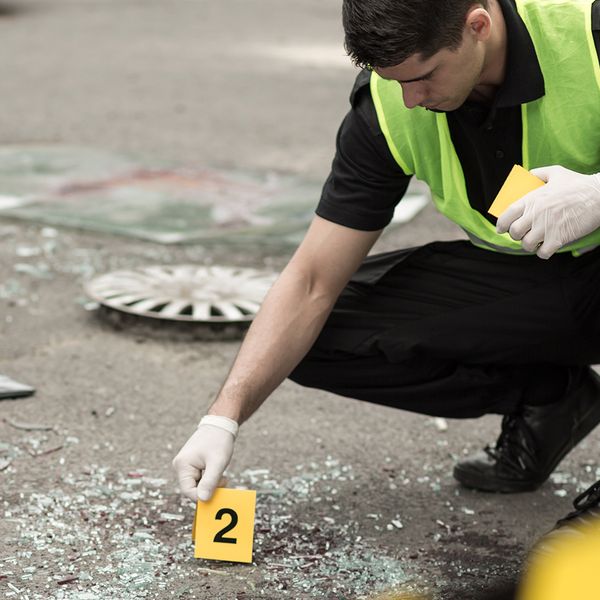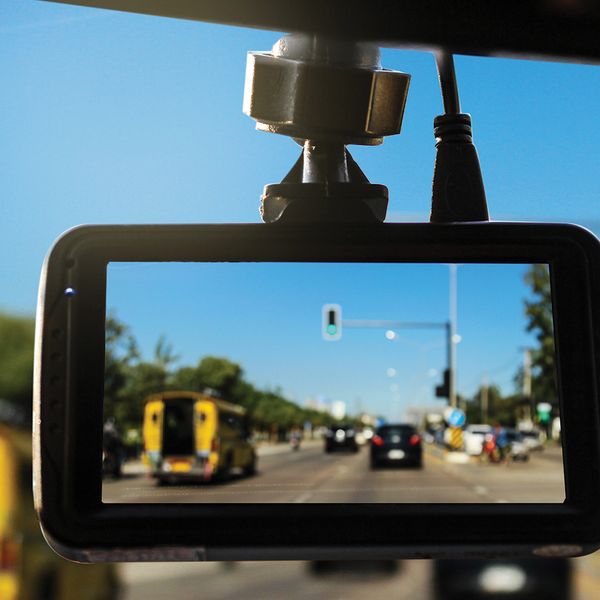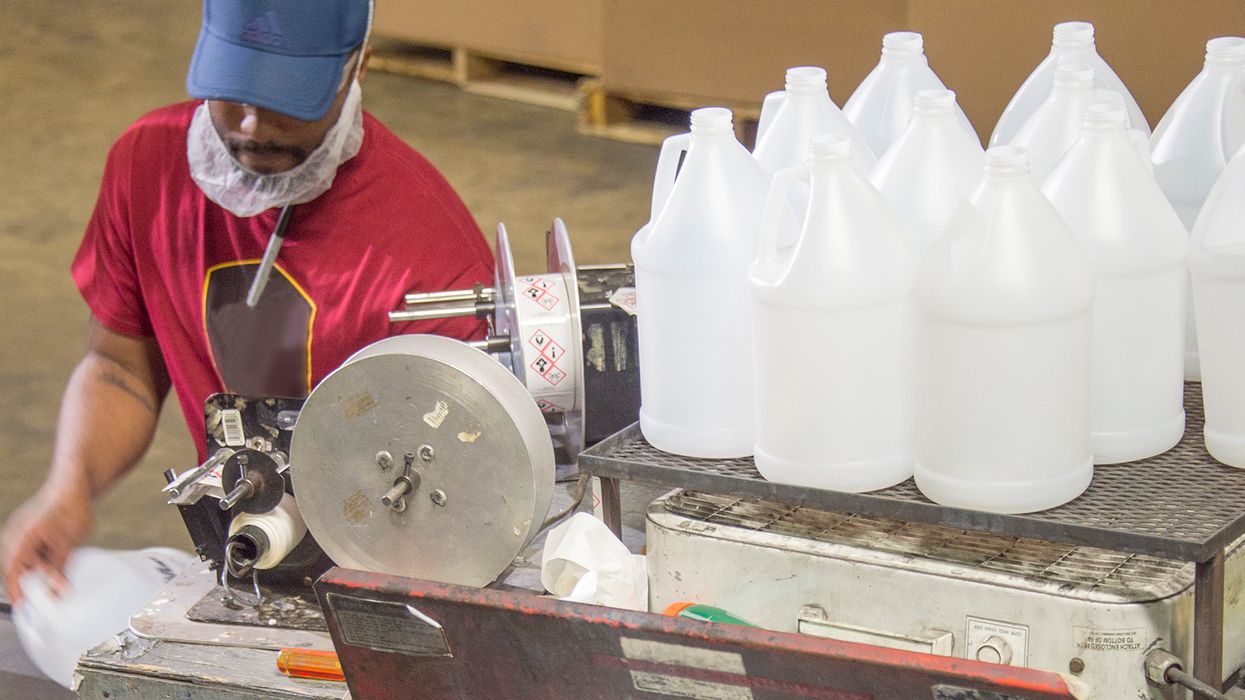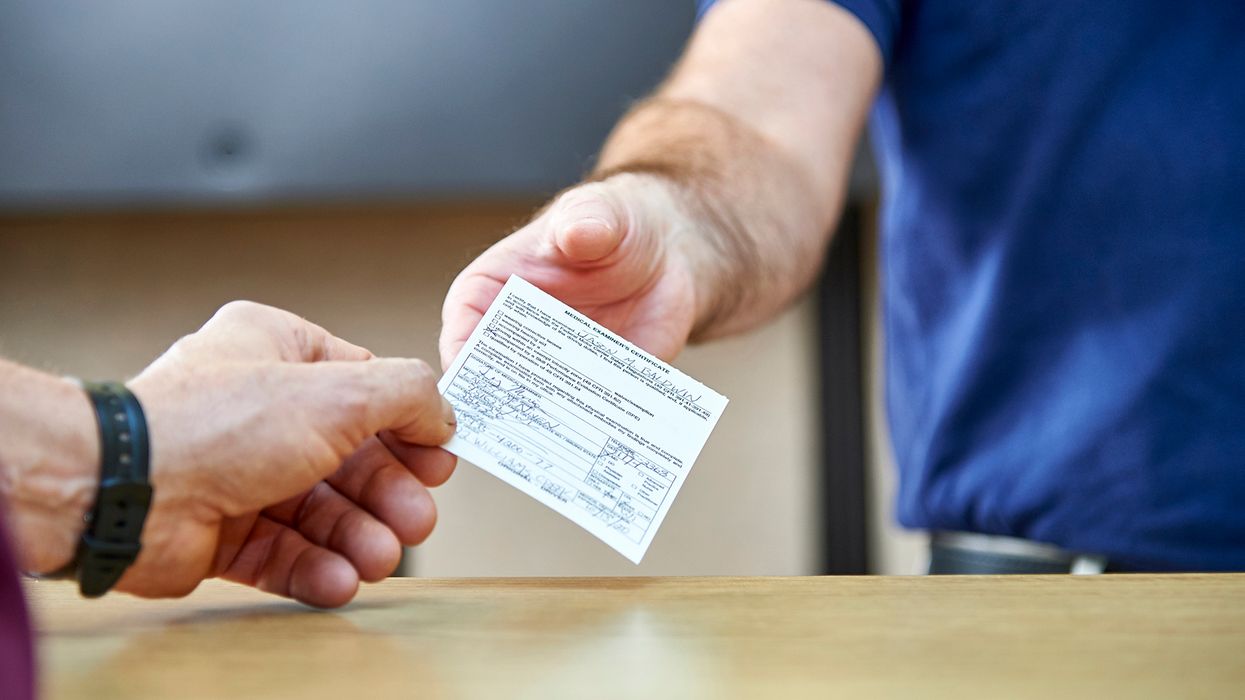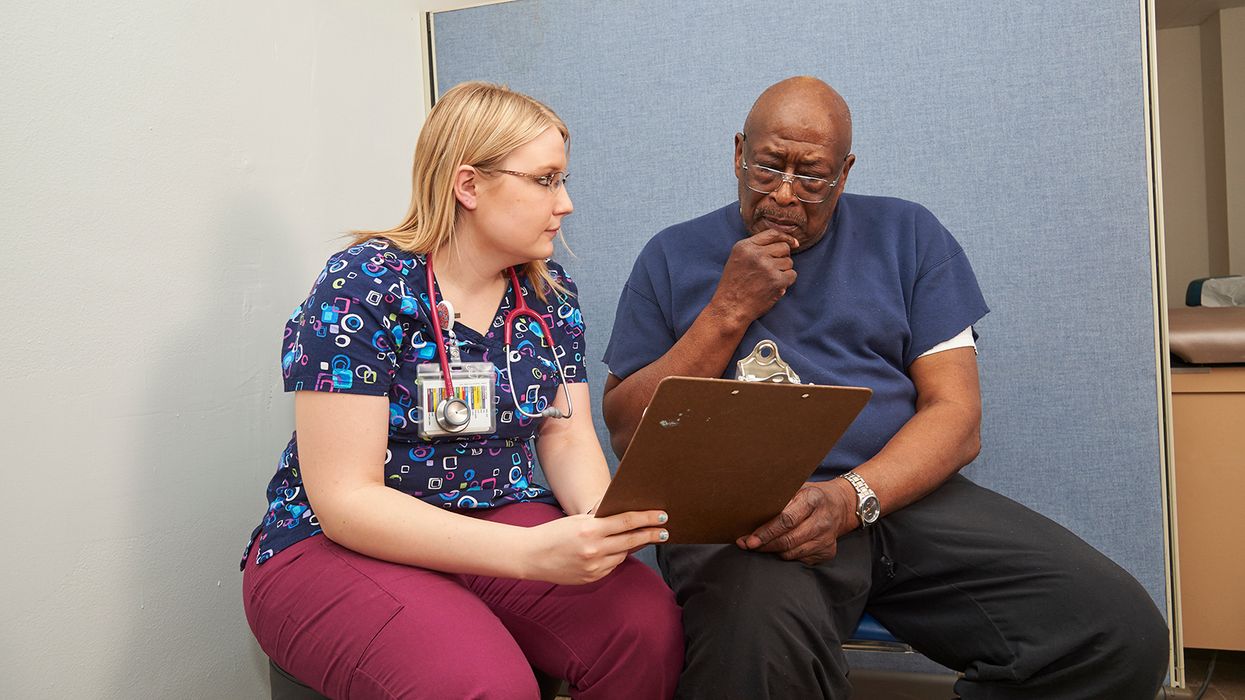Being successful with the Crash Preventability Determination Program
Under the Crash Preventability Determination Program, the Federal Motor Carrier Safety Administration (FMCSA) reviews crashes to determine preventability. If a crash is ruled non-preventable — meaning the driver could not have avoided involvement in the crash — it is removed from the motor carrier’s Crash BASIC score in the Compliance, Safety, Accountability (CSA) program. Ten specific types of crashes are eligible for review.
The process
To initiate a review, the carrier must file a request asking that the crash be reviewed for preventability. This is done though the DataQs system (dataqs.fmcsa.dot.gov). The carrier must indicate which crash it wants reviewed, select an appropriate crash type, provide a narrative supporting the non-preventable argument, and provide a copy of the police accident report. If the crash does not fit the program or the carrier makes an error entering information, the request will be denied.
Common pitfalls
If you expect a crash to be reviewed, avoid these pitfalls:
- Asking for review of a crash that is not in your company’s CSA data
- Choosing the wrong option when filing the DataQs challenge (not choosing “Crash could not be prevented” under “Crash Event”)
- NOTE: For unknown reasons, some carriers are getting a legacy response about “we don’t review crashes.” If this happens to you, all you can do is start over and follow these instructions to the letter: https://bit.ly/3uynpeq
- Excluding the crash number, not selecting the crash from the crash list, or selecting the wrong crash
- Selecting the wrong “crash type” Trying to “fit” a crash into a category (type) it does not actually fit into
- Not providing a narrative explaining why the crash should be considered non-preventable
- Not providing the police accident report
- Asking for review of a crash that occurred prior to August 1, 2019 (a crash that occurred before that date will not be reviewed)
According to the FMCSA, the three most common reasons crash reviews are rejected are:
- The crash occurred before August 1, 2019;
- The crash type is not eligible for review; and/or
- The wrong crash number was used/selected/referenced.
Key to remember: When filing a DataQs request related to the Crash Preventability Determination Program, you must follow the directions to the letter, the crash must fit one of the eligible crash types, and you need to submit proof the crash was non-preventable.
* The 10 categories of crashes are:
- The CMV was struck in the rear or on the rear corner (7:00 and 5:00 positions);
- The CMV was struck by a motorist driving the wrong direction, by a motorist that was struck by another motorist going in the wrong direction, or a motorist making an illegal turn or u-turn;
- The CMV was struck when it was legally stopped or parked;
- The CMV was struck by another vehicle that failed to slow or stop in traffic, or a vehicle that failed to stop for a traffic control device (such as a red stop light or stop sign);
- The other party involved in the crash or incident was under the influence or the CMV was struck by a vehicle that was struck by another motorist that was under the influence;
- The other driver suffered a medical emergency, admitted to falling asleep, or admitted to driving when distracted;
- The crash involved cargo, equipment, or debris striking the CMV, or an infrastructure failure;
- The CMV was involved in an animal strike;
- The other party committed suicide or attempted suicide by crashing into or stepping in front of the CMV; and
- The CMV was involved in a non-preventable rare or unusual crash (such as the CMV being hit by an out-of-control skydiver).
The bolded categories and subcategories are ones that were not available during the earlier Crash Preventability Demonstration Program.

